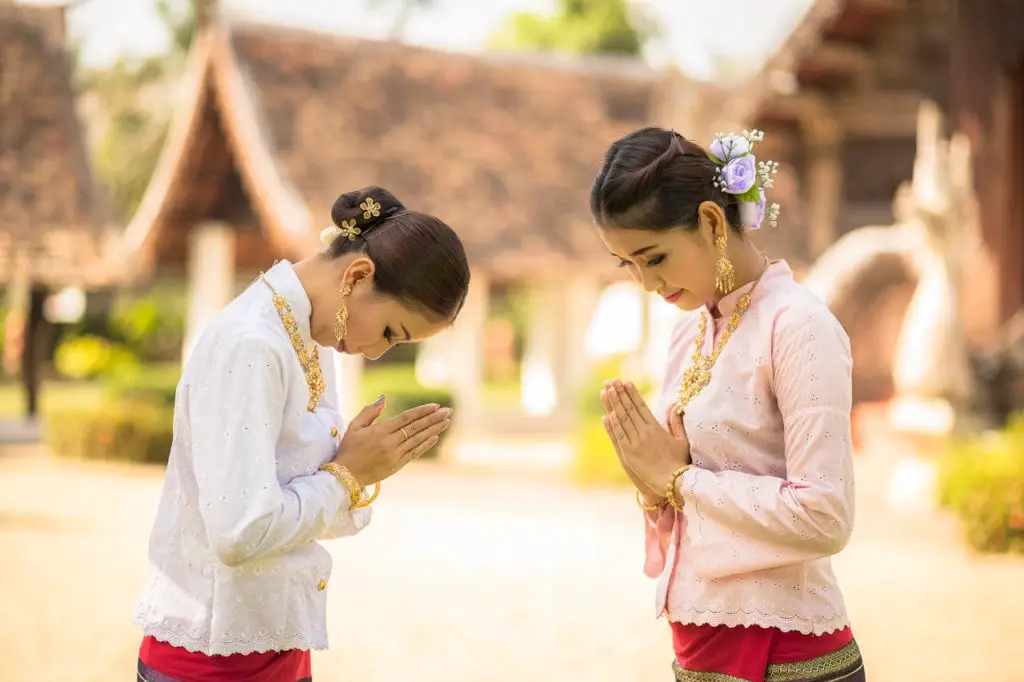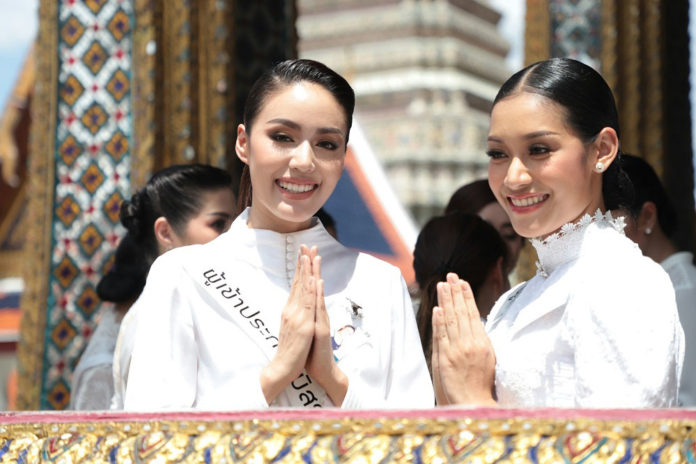Thai Wai as Alternative to Handshake Amid COVID-19 Scare
Thai Wai greeting is suggested as a replacement for the handshake to your friends, family, and other people as COVID-19 continues to spread.

Amid coronavirus disease 2019 or COVID-19 still continues to spread in most parts of the world. Countries governments immediately respond as they implement strict precautionary measures to prevent the spread of the virus.
Local governments ordered total lockdown in highly infected areas as infected cases rapidly increased in just days. In the Philippines, President Rodrigo Duterte declared suspension of classes and government agencies work in Metro Manila after the cases of infected patients raised to 49, as of now.

Meanwhile, World Health Organization or WHO advices everyone that instead of handshakes people could use “Thai Wai” greetings to prevent transmission of the coronavirus disease. There are also other alternative ways of greetings except from wai.
WHO director of global infectious hazard preparedness Sylvie Briand said on her Twitter account “We need to adapt to this new disease,” with a photo featuring those who might be alternatives to handshakes.
According to media reports on Friday, Thai students at Brighton, UK, are also acting as cultural ambassadors by teaching younger students at Brighton College Prep School the greeting in an effort to decrease the coronavirus spreading.
But in Thai tradition, wai is often shown to people of high social status. An elder does not do this to his younger sibling, unless it is an act of response.
According to KhaoSodEnglish, put your palms together and hold them up to the middle of your chest and slightly bend your head so that the fingertips just touch your chin. This is the first level of wai used with equals or in most social situations. Both parties wai simultaneously.
To do the second level of wai, for elders such as parents, grandparents, teachers, and so on, the thumbs are at the tip of one’s nose while the index fingers are between the eyebrows. Bow from the waist.
Finally, the third level of wai is for monks or sacred areas in Buddhism. The thumbs are between the eyebrows; the index fingers point up past the forehead. Bow so that your face is parallel to the floor, with back bent.
Try to keep your elbows close to your body so you don’t look like a farang hippie on their first trip to Asia. And they don’t usually wai back to service staff, such as cashiers and security guards. A nod or a smile will suffice.
Also read: Palace Advises Filipinos Over New COVID-19 Cases: Don’t Panic
What can you say about this article? Just feel free to leave your reactions in the comment section.
For more news and updates, follow us on Twitter:@philnews_ph Facebook:@PhilNews and; YouTube channel Philnews Ph
